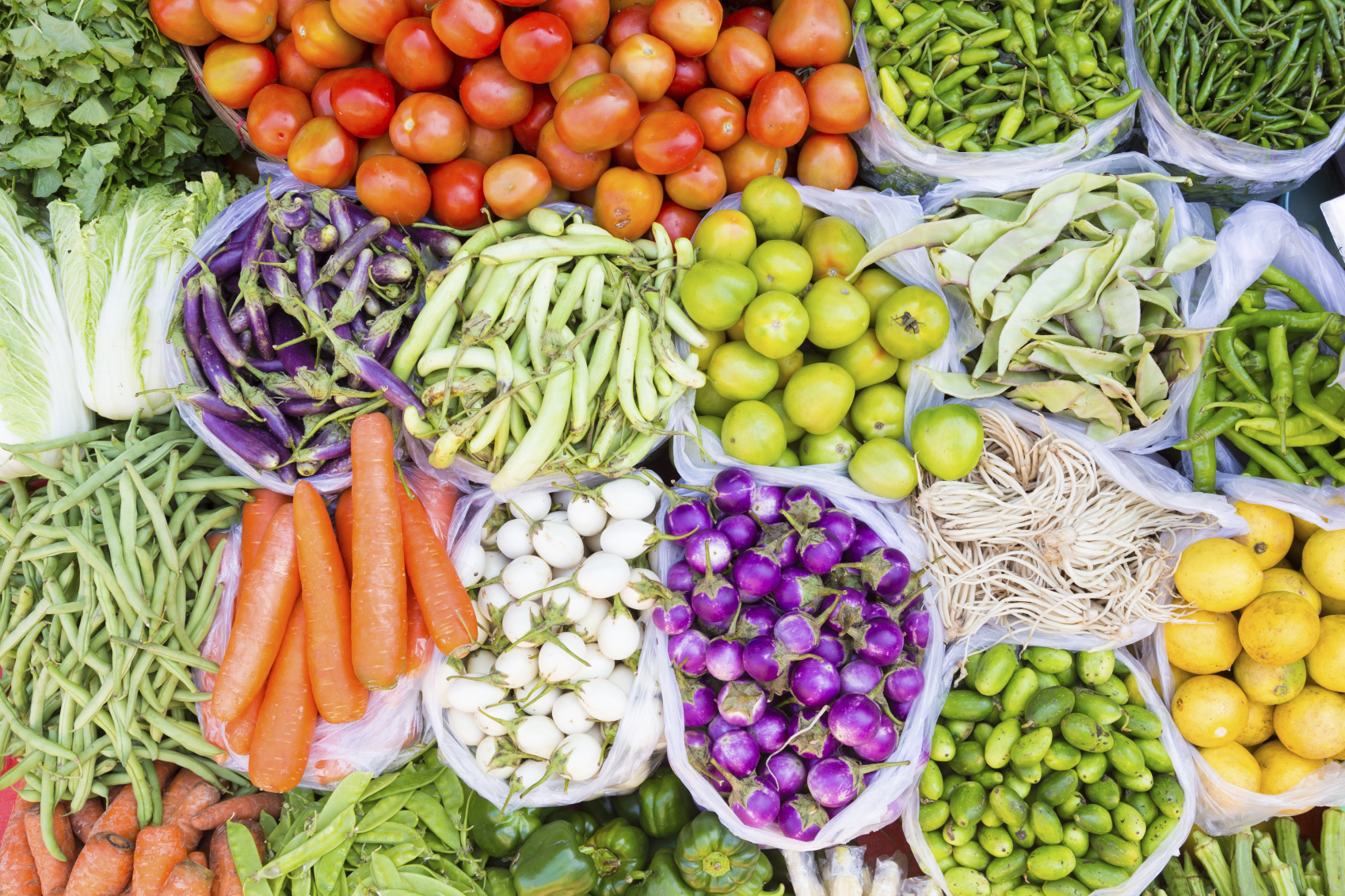
Over two-thirds of the land needed to produce the UK’s food and feed is based abroad, researchers said, meaning 64% of the related greenhouse gases are emitted on foreign soil.
Since 1986, the size of this land has grown by 23% to match increasing demand, with associated CO2 emissions rising by 15%, the research published in the Royal Society journal states.
South America, the EU and South East Asia are among the places from which the UK sources its food.
It is claimed the damage done by the country’s agricultural requirements is being “outsourced” to these areas.
The study, conducted by researchers from institutions including the University of Aberdeen, said: “Producing sufficient, healthy food for a growing world population amid a changing climate is a major challenge for the 21st century.
“However, agricultural trade has implications for national food security and could displace environmental impacts from developed to developing countries.
“The UK is currently importing over 50% of its food and feed, whereas 70% and 64% of the associated cropland and greenhouse gas impacts, respectively, are located abroad.
“These results imply that the UK is increasingly reliant on external resources and that the environmental impact of its food supply is increasingly displaced overseas.”
But the report adds that, although this import trend saddles developing countries with environmental damage, it facilitates economic development through international trade.
Scientists believe the increasing reliance on foreign food could also make it more difficult for the UK to become self-sufficient.
It comes after figures from the National Farmers’ Union released last year suggested that, by the mid-2040s, the country will only be able to produce enough food to feed 53% of its population.
The report, authored by Henri de Ruiter, Jennie Macdiarmid, Robin Matthews, Thomas Kastner and Pete Smith, said: “Theoretically, the UK could achieve full self-sufficiency; however, this would imply drastic shifts in consumption patterns away from stimulant crops, animal products and many types of fruit and vegetables, which may not be feasible or acceptable.”

Enjoy the convenience of having The Sunday Post delivered as a digital ePaper straight to your smartphone, tablet or computer.
Subscribe for only £5.49 a month and enjoy all the benefits of the printed paper as a digital replica.
Subscribe